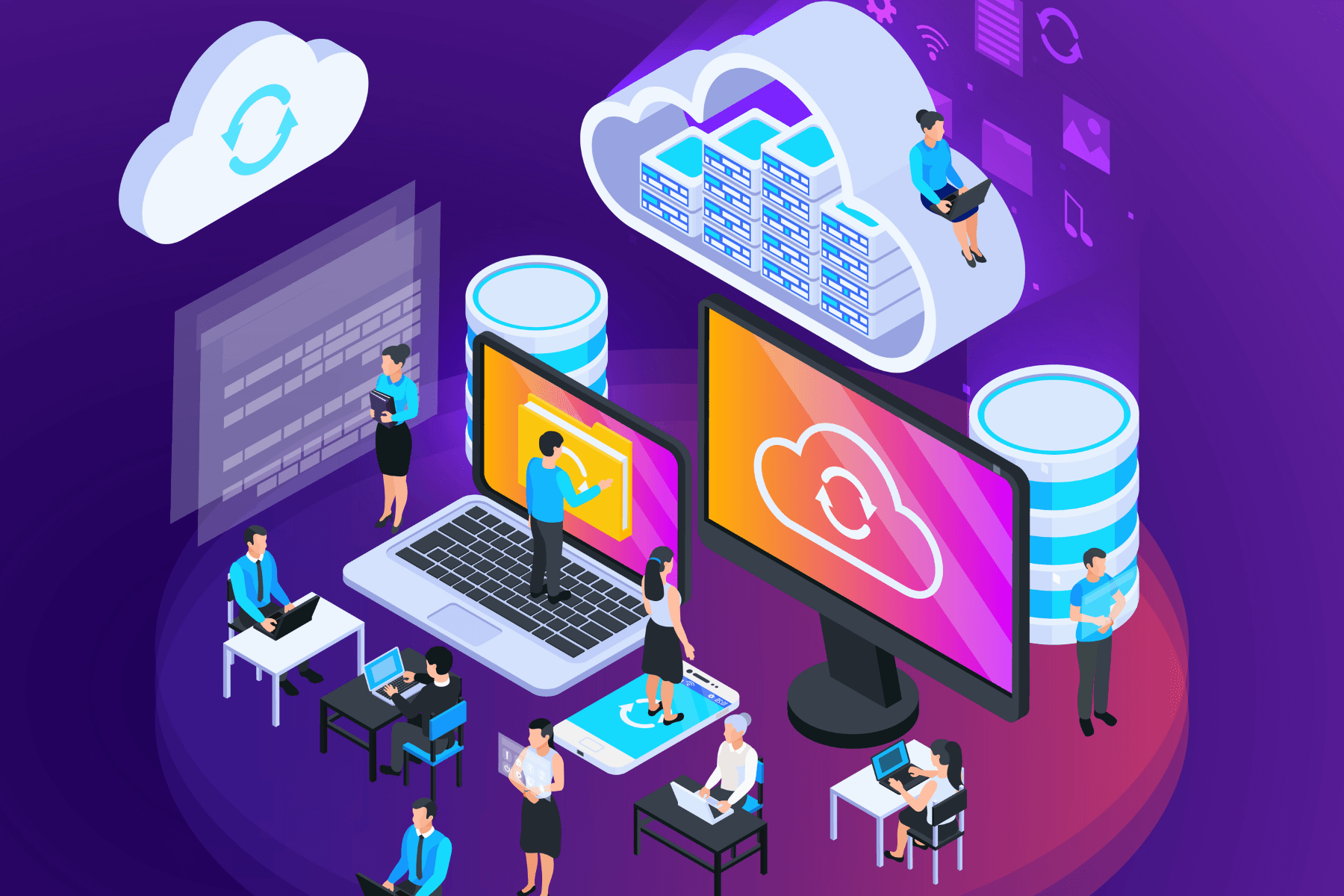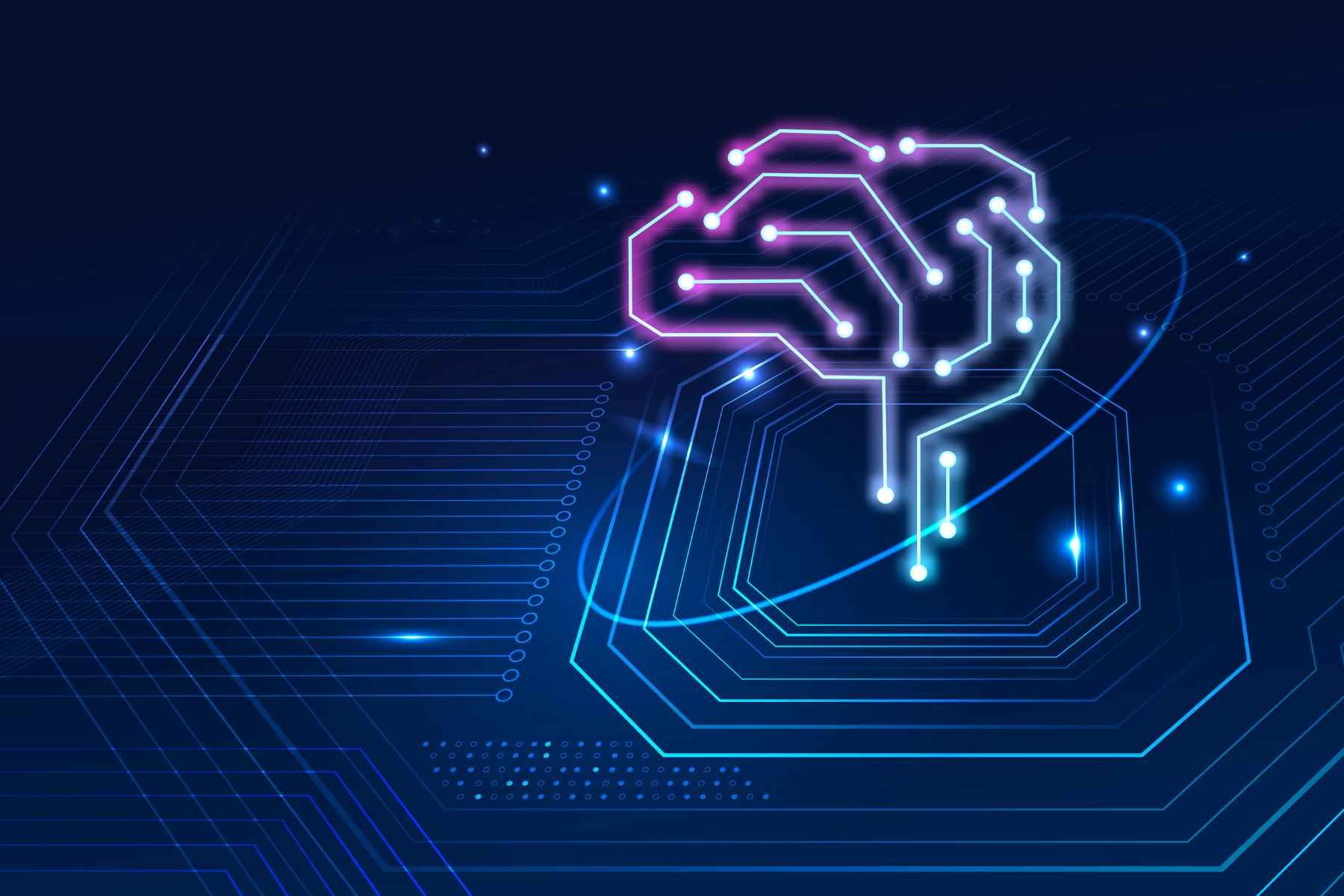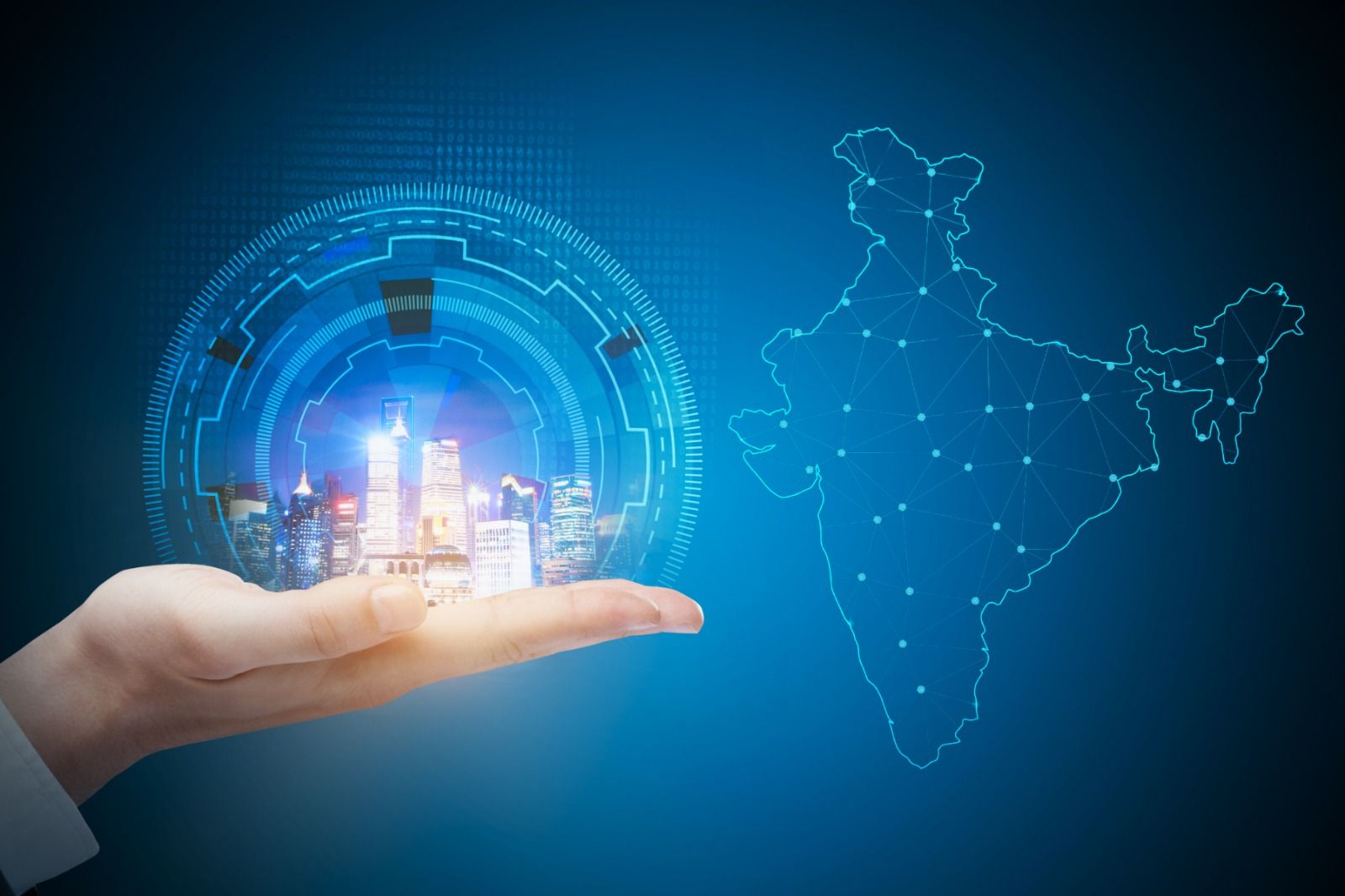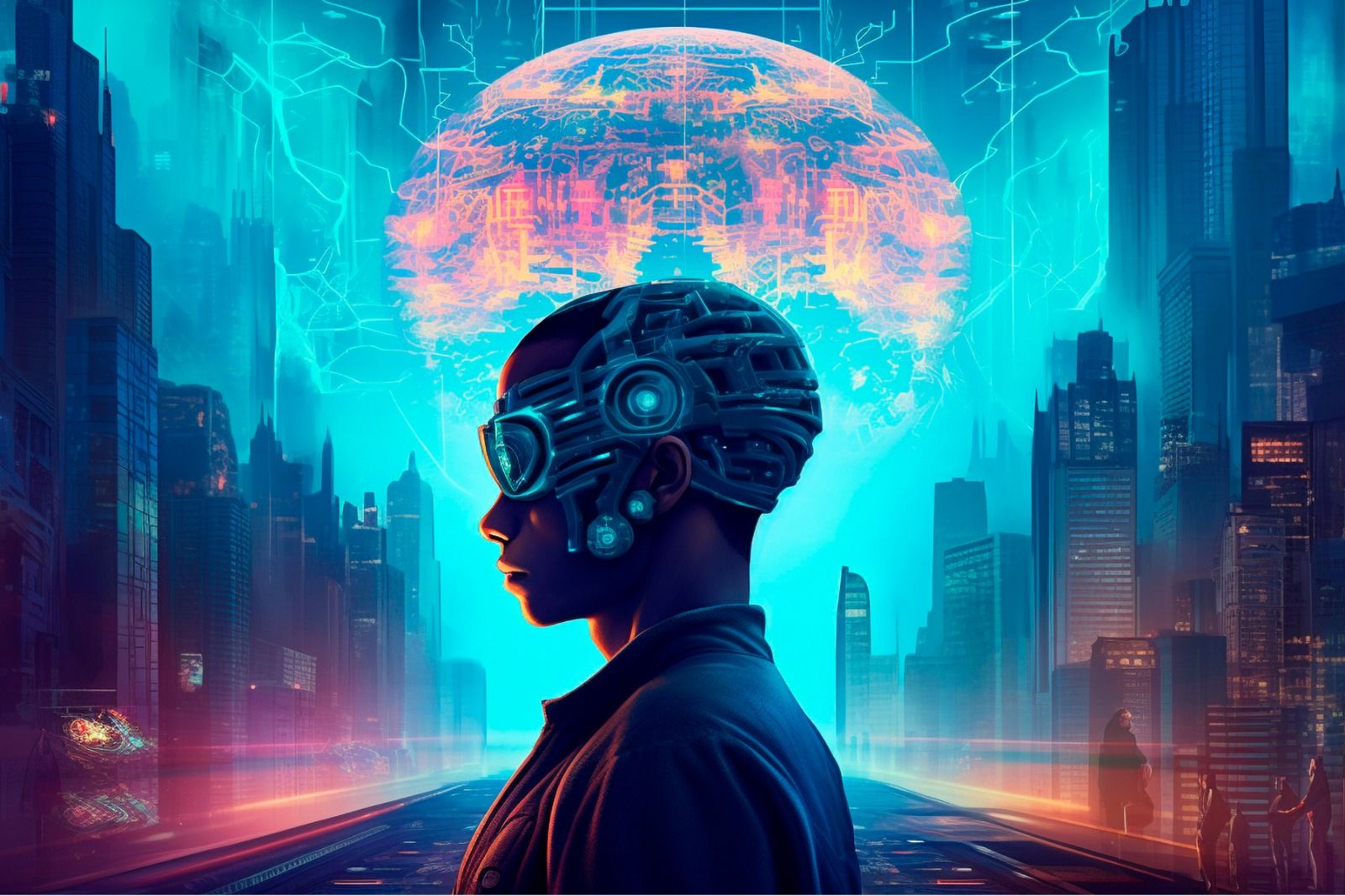Open-source languages result from a development phase after the launch of the first-generation computers around the second half of the 20th century. Programming is the method of instruction that is admissible and acknowledged by the computer to perform tasks accordingly. Open-source languages, on the other hand, provide the creative differential to be accessed by a programmer. Each platform has some abilities and differences based on user-interface and outcome based on continuous improvement.
Open source is opted by many businesses due to the reliance on an entire community consisting of a group of developers, contributors, and the actionable users on the platform. The open-source software has a wide audience based on its publicly available factor. As launched publicly and on the market, it is actionable for other developers and programmers to modify and alter the software to eliminate the bugs and initiate better functionality.
As mentioned, open-source does not entirely mean free of charge; there are some technologies available with additional features and support offered in their paid versions and subscriptions. In a survey conducted by ZDNet to test the potential of open-source alternatives, more than 76 percent of the companies globally run open-source software in businesses.
Benefits for choosing open source as an alternative
Ease of adaptability with user-friendly programs and solutions
The software available on the platforms is easily accessible to the vendor for the improvement and upgradation in a commercial space, but having open source as an alternative would ease tweaking the software for any individual needs and adapt the software tending to the required outcome. Feature extensions can be developed without any moderations, and service providers can opt for viable proofing.
Costs and licensing fees
Developing open-source platform costs are negligible as compared to commercially launched software integrations and adding necessary extensions. The developing capacity is licensed to the respective provider, developing on limited constraints and extremely high costs. The statute of limitations tends to exist based on selective software, and one should be in touch with the licenses.
When it comes to the total cost of ownership, the open-source platform presents a cost-effective solution compared to other present active platforms. Individuals undertake development and management. The main sources of investments are time and skills, which is good for the community. It tested the practicality compared to commercially driven sources; the research and development require heavy costs of money flow to maintain the software's quality.
Transparency
The open-source platforms are completely transparent to enhance the compatibility of the mechanisms and the framework. The open platform provides clear visibility to the entire community offering a chance to improve the software to optimum performance level. Transparency ensures the continuous adaptation and improvement and proper documentation of bugs.
Security
The security offers a scrutiny layer to ensure the developers have access with discretion to make an in-depth review of the framework. The documentation and data entry of all the system changes are recorded, ensuring the accountability of advancing the platforms within the community.
No vendor restrictions.
There are no negotiations and limitations in open source-based alternatives to connect with IT-service providers for maintenance and another structuring of the framework. The platform offers the creative freedom to update the product with ease of providing scope for the software's better functionality for all sectors. Vendor lock-in periods are difficult to handle with the costs and technical barriers in the framework; free software requires no such lock-ins and is responsible for no such integrations.
Combining commercial software systems.
The open-sourced platform provides a compatibility mode with registered and commercial software systems to enhance the working constraints and ensure the system's proper working. This option proves an essential boon when looking for replacements at a dead end. A developer can easily integrate the systems of both mainframes and avoid dropping the systems' functionalities and affecting the businesses in the longer run.
Small groups of people manage most of the open sources, and the relative work output is low. Still, with integration, the commercial platforms have a dedicated support team to cater to those needs, and the time frame to overcome the issue is effectively small and increases productivity.
Software requirements are conditional to each application and require altercations catering to the business needs. There are many good reasons to opt for an open-source alternative explored in a comparative analysis. The important aspect applicable here is the project manager's mindset and methodology and the technical competence to develop and provide the solution.
For a Free Trial: https://bit.ly/2LI5NZf









